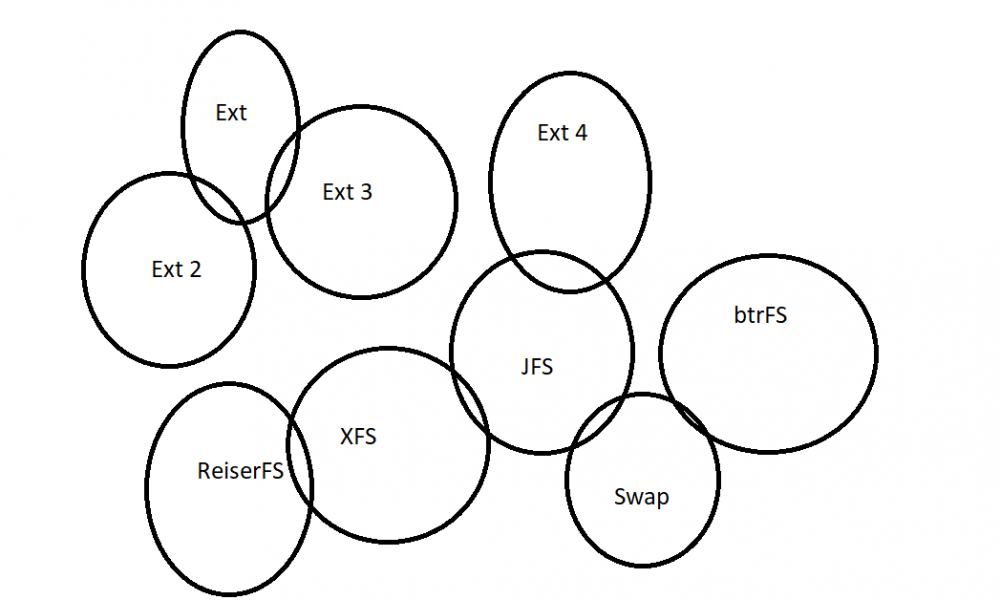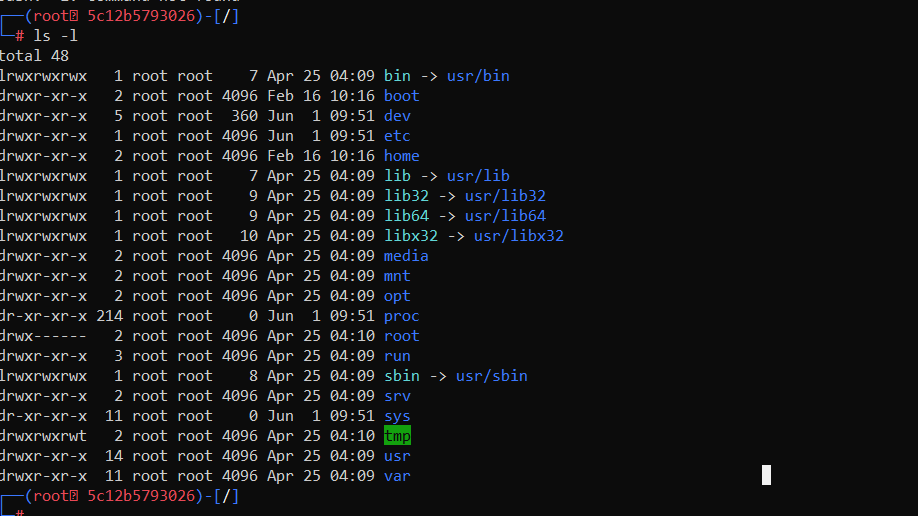
What you will find here?
File Structure and Hierarchy
- File system is a collection of files in a structure on disk or partition
- When memory is segmented and it contains data, it is a partion
- In normal, every partition has file system.
- To store the data systematically, we need a location. Folowing are reasons why we should have file system
- RAM is volatile, where computer stores data primarily
- Storage of data in hard drive is preferred, which is non volatile memory.
Linux File System
- It is built in layer of Linux OS, which is used to handle data, and manage the storage
- Arranges file in disk storage.
- File name, size, creation date etc are managed here
Linux File system contains
- Root directory (/)
- Specific storage format (EXT, XFS etc)
- Partition (Logical Volume) with particular file system
Structure of Linux File System
- Has hierarchical file system, containing root and its subdirectories
- From root director, all the directories can be accessed easily.
- File system is designed to manage and provide space for non volatile storage.
- All file system has namespace – naming and organizational methodology. It gives process for naming, file name length etc
- Logical structure of file on memory is also defined here.
- After defining namespace, meta data is also described.
Types of Linux File System
After linux OS is installed, there are file systems such as
- Ext
- Ext2
- Ext 3
- Ext 4
- JFS
- ReiserFS
- XFS
- Btrfs
- Swap
Ext File System
- Extended File System.
- Primarily developed for MINIX OS
- Older one, no useful at this time
Ext2
- First file systm in linux which allows management of terabytes of data
Ext 3
- Developed and upgraded through ext 2 which contains backward compatibility
- Disadvantage: Doesn’t support servers and file recovery
Ext 4
- Fastest of all Ext
- Default file system in Linux
- Compatible for SSD
JFS
- Journal Filed System
- For AIX Unix, IBM developed JFS
- Can be used as replacement for Ext 4
- If power of CPU is limited, it is handy file system
- More stable with less resource
ReiserFS File System
- Alternative of Ext 3
- Has advanced features and improved performance
- Used to be default file system in SUSE Linux but due to some policy changes, SUSE used Ext 3
- Dynamically supports file extension
XFS File System
- Higher speed JFS
- Parallel I/O processing is supported
- NASA uses XFS
Btrfs File System
- B tree Fi;e System
- For system repair, fault tolerance, fun administration, extensive storage configuration, Btrfs file system is used.
- Not suitable for production system
- Copy – on – write file system
- Announced by Oracle in 2007
- Published under GNU GPL
Swap File System
- Memory paging in Linux is done by swap file system during system hibernation
- If system never goes hibernation, swap space should be equal to its RAM size





